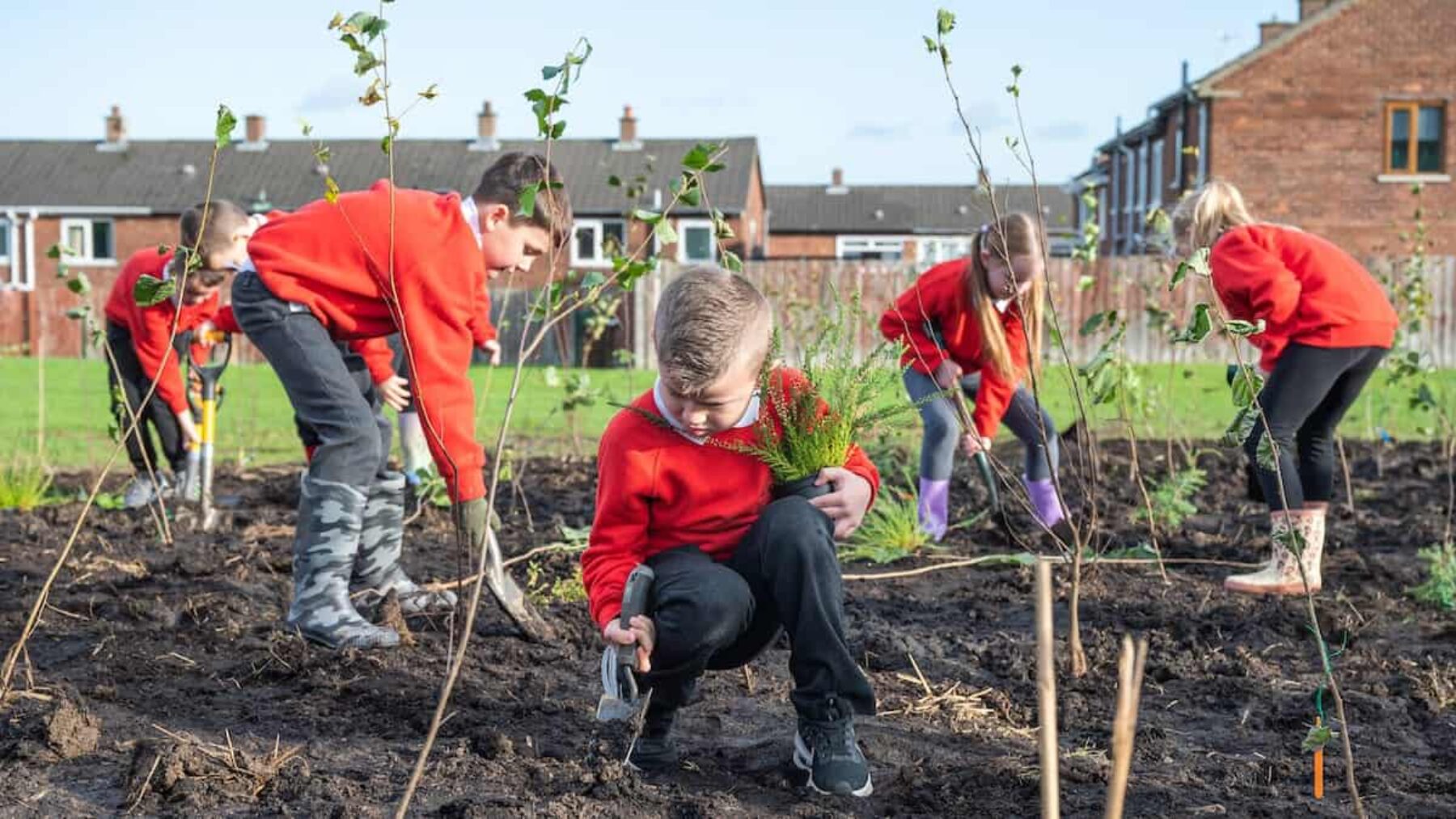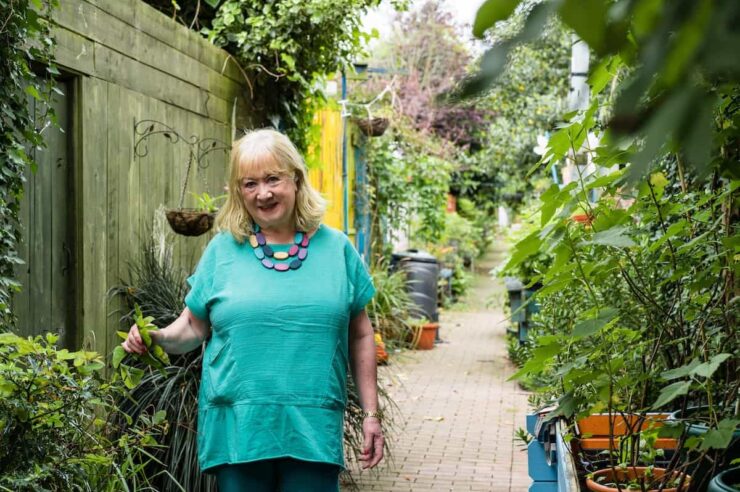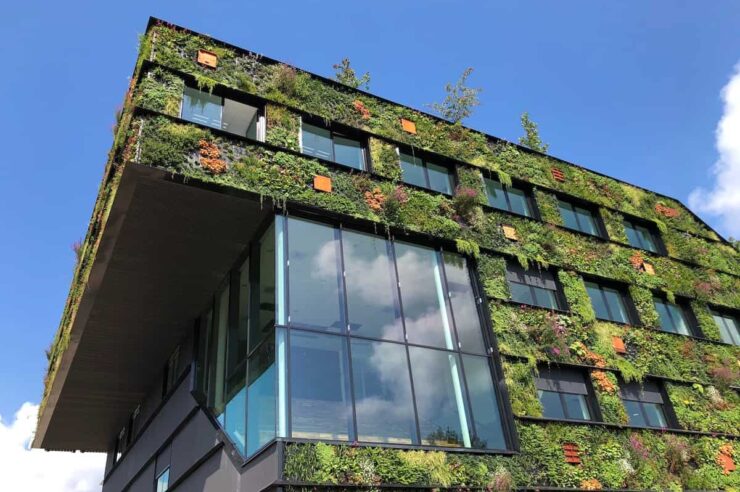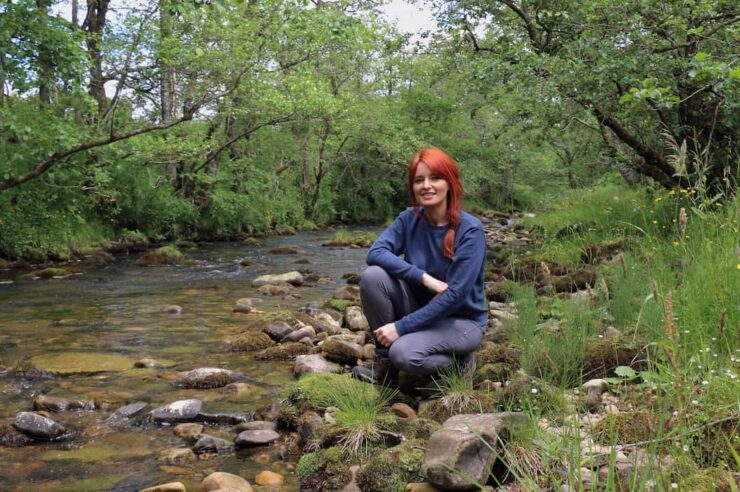A novel approach to tree planting is taking root in the UK and beyond, offering an exciting solution to the climate and biodiversity crises, writes Hannah Lewis
Bundled up in a rain jacket and donning a wide-brimmed straw hat, Dr Akira Miyawaki stood in front of 32 potted, twig-sized seedlings, each accompanied by an image of the mature tree it would one day become.
“I’m going to give you some of the 32 species’ names,” he explained to the employees of a Toyoda Gosei automotive parts plant in Lebanon, Kentucky, US. The trainees listened attentively. “It is very difficult to remember all 32, but please try to remember three or four. This is an American beech,” Miyawaki said, passing around one of the young trees. He encouraged everyone to feel the seedling, to use all of their five senses to get to know this plant that would become an integral member of the forest community they were about to set in the ground.
“The tree-planting we are going to do at Toyoda Gosei is not for the production of timber or the beautification of the area,” Miyawaki declared. “This project is for yourself – you as local community – to protect your lives from disastrous situations.”
For some, the statement may have seemed like a stretch. But Miyawaki had witnessed native trees and forests accomplish great feats, from withstanding earthquakes while the built infrastructure around them collapsed, to preventing the spread of fire, to blocking cars from drifting out to sea in the aftermath of a tsunami.
A few days later the newly trained leaders themselves led some 4,000 co-workers and community members in planting 35,000 trees and shrubs along the perimeter of the factory grounds. Within a few years the seedlings they had once held in their hands would transform into a tall, dense band of forest between the manufacturing plant and surrounding farmland.
This thin strip of wildlife habitat in an otherwise industrially transformed landscape was meant to cushion the area against extreme weather. It was one of thousands of natural forests planted globally according to the Miyawaki Method.
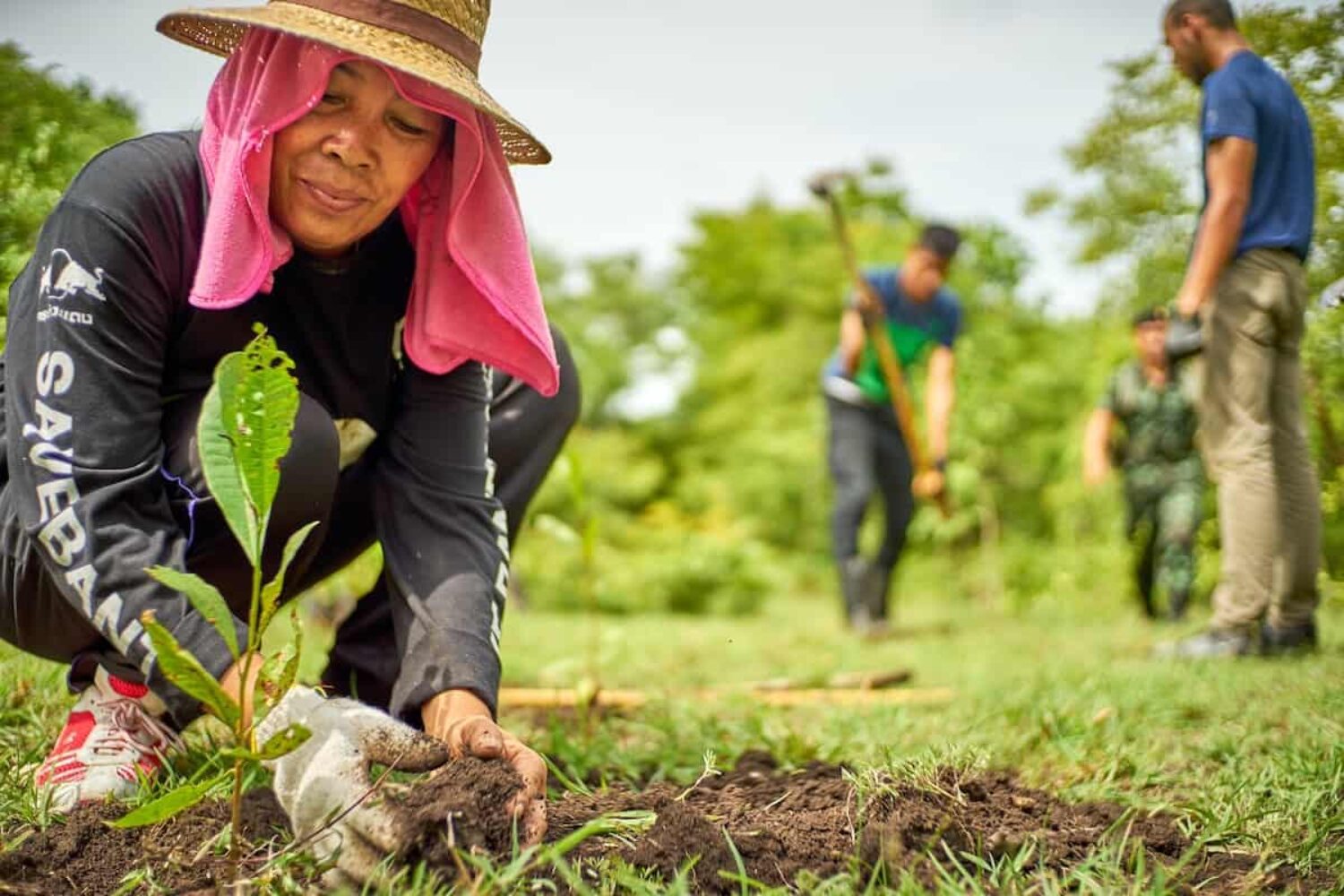
The Miyawaki method produces mature forests in a short space of time. Image: Dmitry Dreyer
This technique, which allows for the creation of a mature natural forest in a comparatively small amount of time, is based on a careful calculation of the plant species that are best suited to the local environment. This is exciting in and of itself — a mature forest is a beautiful landscape element; a buffer against extreme heat, polluted air, flooding, and drought; an educational opportunity; and part of an antidote to the global climate crisis.
But the Miyawaki Method is also exciting because it can be applied to areas of any size — a fact that has given rise to the term mini-forest to describe small dense woods taking root around the world. Imagine turning an area as small as six parking spaces into a forest — it can be done!
Calling such a tiny grove a “forest” refers to the natural structure and composition of the vegetation rather than the footprint. Indeed, a true forest is much larger. Yet the implications are radical: with enough dedication, anyone anywhere can involve their community in a process of rewilding depleted land, one small patch at a time.
To see the forest for the trees
Miyawaki developed the forest restoration method that bears his name in the 1970s, as Japan’s rapid postwar development was showing its downside in the form of pollution and deforestation. The young scientist understood something that is not necessarily obvious: that humans depend on functioning ecosystems for our well-being and survival.
“It is vegetation, especially forests with multiple, complex layers of various trees, that controls a wide range of environmental processes and conditions,” Miyawaki wrote in his 2006 book, The Healing Power of Forests, coauthored with American ecologist Elgene O Box.
Planting a forest is not the same as simply planting trees. We plant trees for many reasons: to produce commodities like wood, fruit, oil, or rubber; to decorate and shade yards, streets, and parks; and to block wind, stop erosion, or sequester carbon. Each use determines the species that are chosen and how those trees will be planted. For example, a timber plantation may resemble a natural forest from a distance, but up close, we can see a monotonous grid pattern. The goal is uniform, fast-growing, straight-trunked trees that are easy to access with large harvesting machines. Similarly, if we consider carbon sequestration as a singular goal, we may favour planting only a few fast-growing species to achieve a quick result.
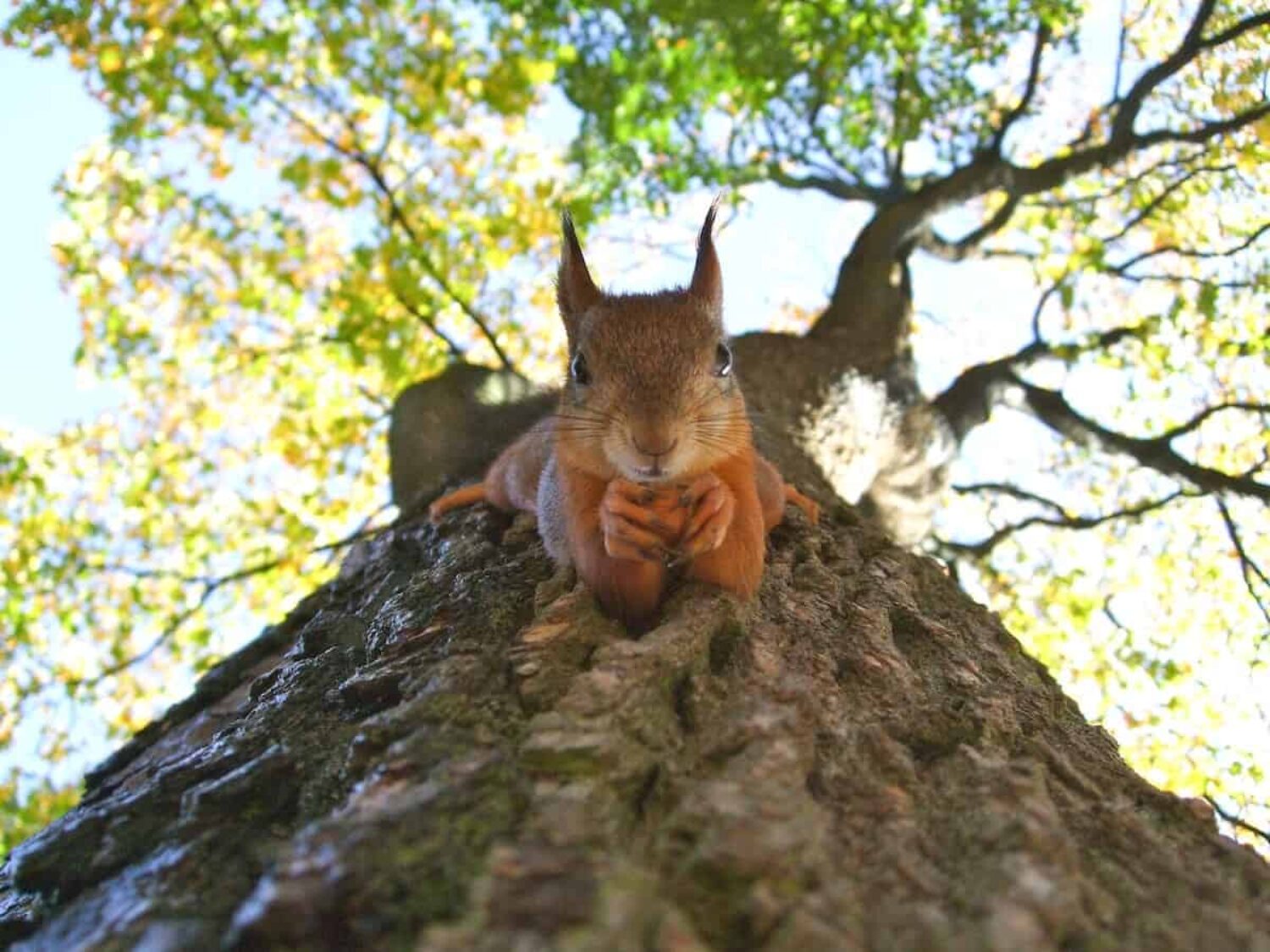
Mini forests offer an exciting solution to the biodiversity crisis. Image: Kulli Kittus
So, what’s the problem with planting trees rather than planting forests? To put it simply it is the interactions we cannot see that drive the ecological processes we value. The past few decades have seen a rousing surge in research illuminating some of these previously hidden interactions.
“A forest is much more than what you see,” explains Suzanne Simard, whose pioneering research shows how underground fungal networks connect trees to one another, allowing them to communicate and share nutrients. These webs of exchange enable a forest “to behave as though it’s a single organism,” with a kind of intelligence.
A natural forest is a community of coexisting, interacting organisms — trees, shrubs, moss, fungi, bacteria, insects, animals (including humans acting as equal members of the community) — that rely on one another for food, shelter, and other ingredients of life. Interspecies interactions fortify the ecosystem as a whole.
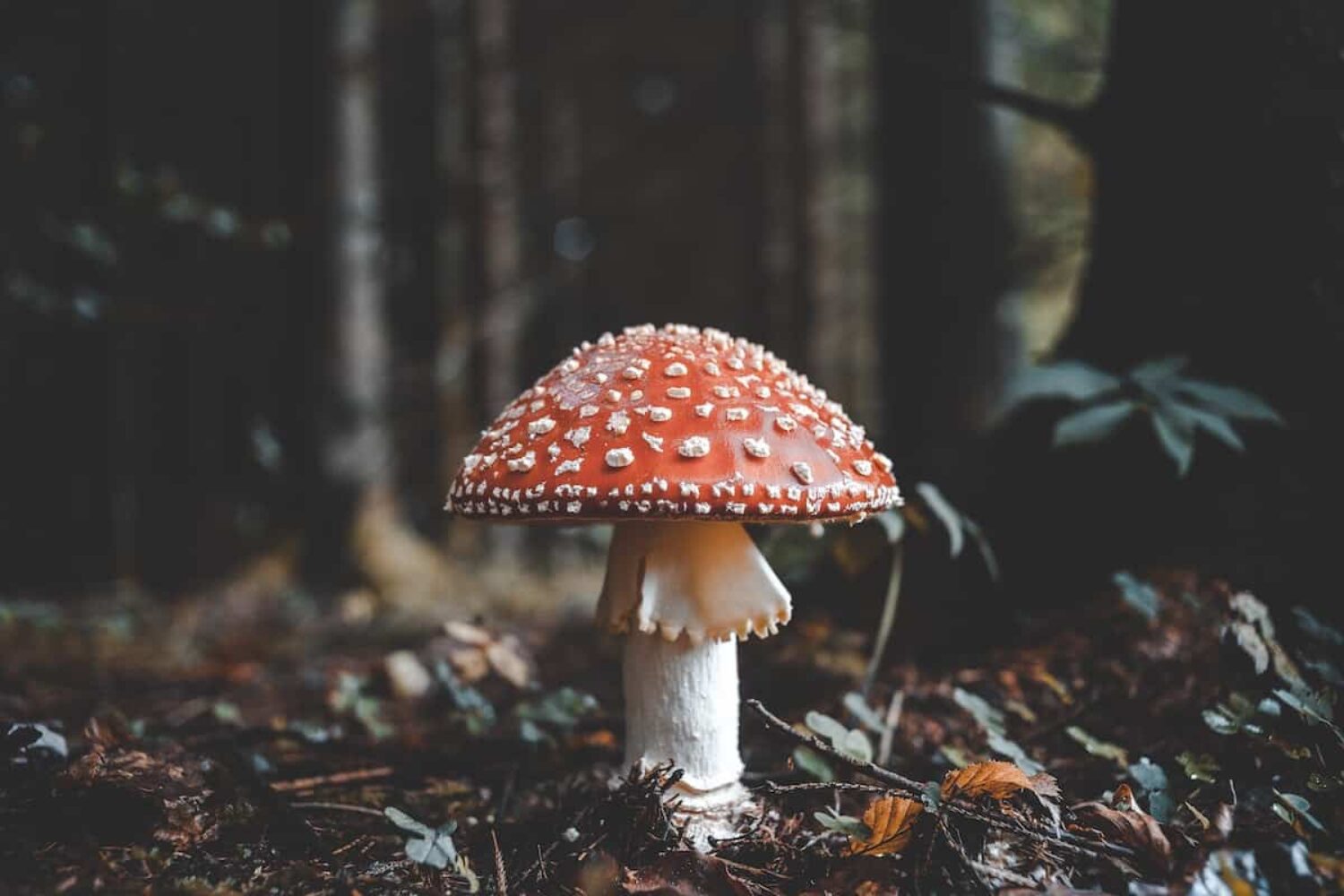
Fungi that form mutually beneficial relationships with plants’ root systems. Image: Florian Van Duyn
For example, mycorrhizal fungi — the fungi that form mutually beneficial relationships with plants’ root systems — enable plants to transfer carbon into the soil, where it may ultimately be stored for hundreds or thousands of years. These fungi also improve the soil’s structure, making it spongy and able to absorb abundant rainwater, some of which infiltrates farther into the ground to refill aquifers. A living soil rich in organic matter is critical to a forest’s ability to mitigate flooding and drought. But these vital relationships arise only when plants are allowed to grow and thrive in a natural community. When we plant individual trees or monoculture tree plantations, we miss out on many of the benefits that come from these webs of interdependency.
Just as planting a forest is an improvement on planting a grid of timber trees, planting a forest according to the Miyawaki Method ensures that the forest will be the best fit for its environment — more stable, more resistant to stress, and ultimately more successful.
Most people will never be able to take on a big ecosystem restoration project on the scale that is needed — they will not have the resources or the time. But small groups of people all around the world, in innumerable settings and circumstances, can plant a mini-forest. It is a revolutionary approach to planting trees, and it’s taking hold from India to the Netherlands and everywhere in between.
The following is an edited extract from Hannah Lewis’s new book Mini-Forest Revolution (Chelsea Green Publishing) and is reprinted with permission from the publisher.
Tiny forests in the UK
Earthwatch Europe, an environmental charity based in Oxford, is planting tiny forests across the UK, and working with communities to help care for them. Since 2020, Earthwatch and its partners have planted more than 150 tiny forests, with the aim of planting 500 by 2030. Here are three of them.
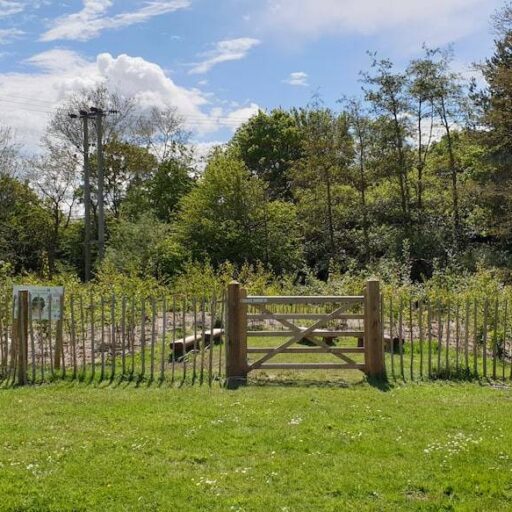
Witney tiny forest was planted in March 2020, making it the UK’s first. Its octagonal design was inspired by the town’s church steeple and the woodland features an outdoor classroom. Two years on, the trees are well-established and beginning to form into layers of canopy, sub-canopy, understory and shrub as you would find in a full-size forest.
Image: Earthwatch Europe
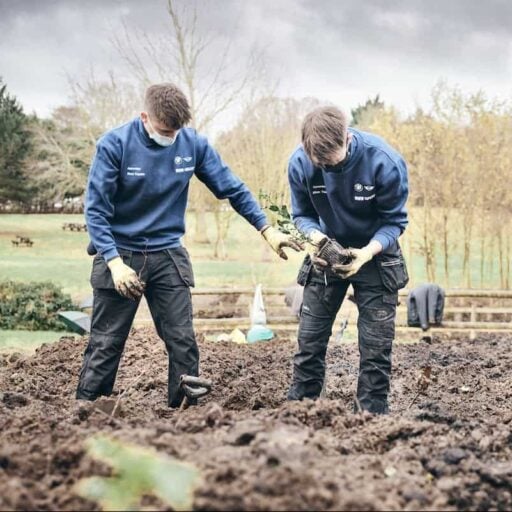
Littlemore tiny forest sits next to NHS Littlemore mental health centre. As well as boosting biodiversity, the aim of the woodland is to provide patients, staff and visitors with green space to reconnect with nature. The health centre provides care for people experiencing a range of mental health difficulties. Spending time in nature has been found to reduce stress, improve mood and lessen feelings of social isolation.
Image: Earthwatch Europe
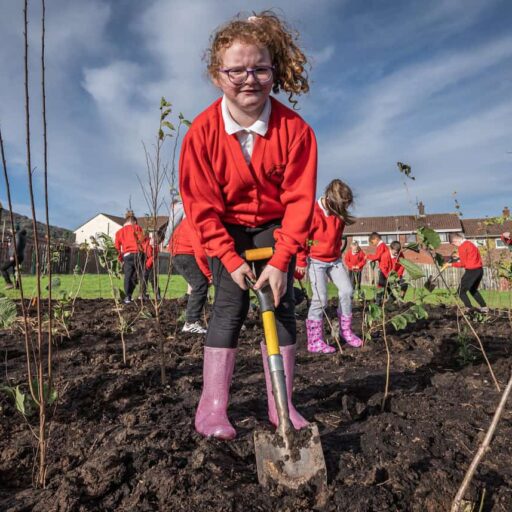
Northern Ireland’s first tiny forest was created in partnership with the Queen’s Green Canopy, a tree planting initiative to celebrate the late monarch’s platinum jubilee. Every child from Black Mountain primary school planted a tree along with members of the community, who eagerly observe the forest taking shape.
Image: Earthwatch Europe
Main image: Earthwatch Europe
